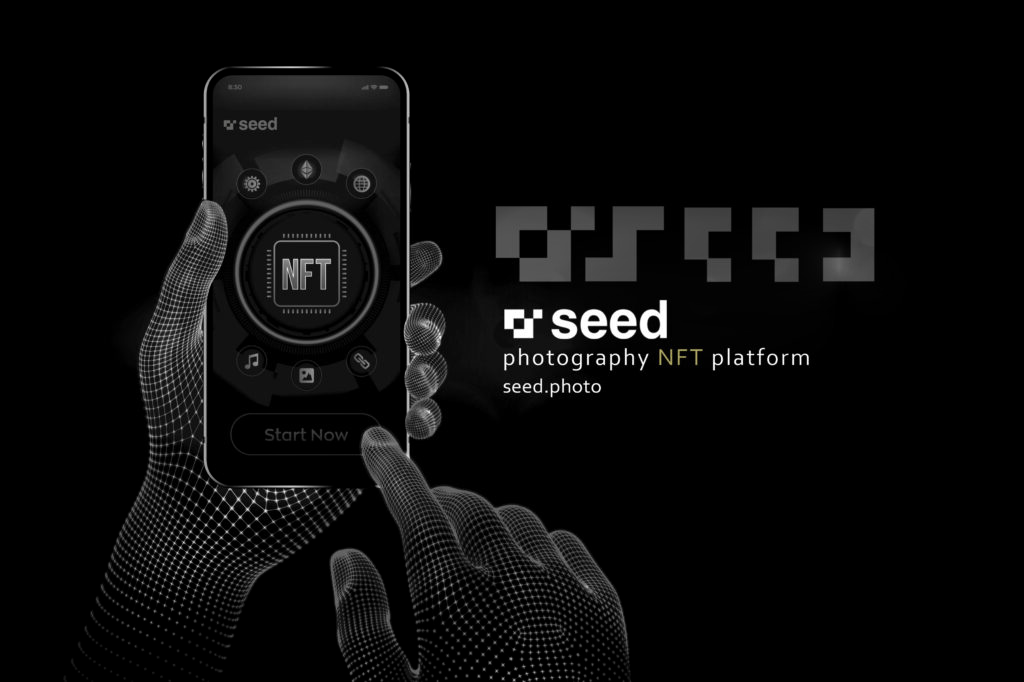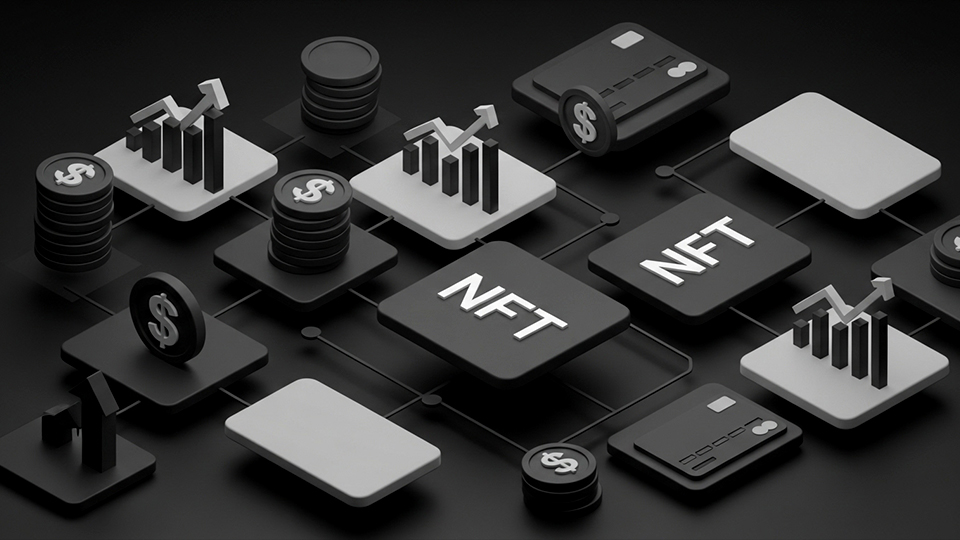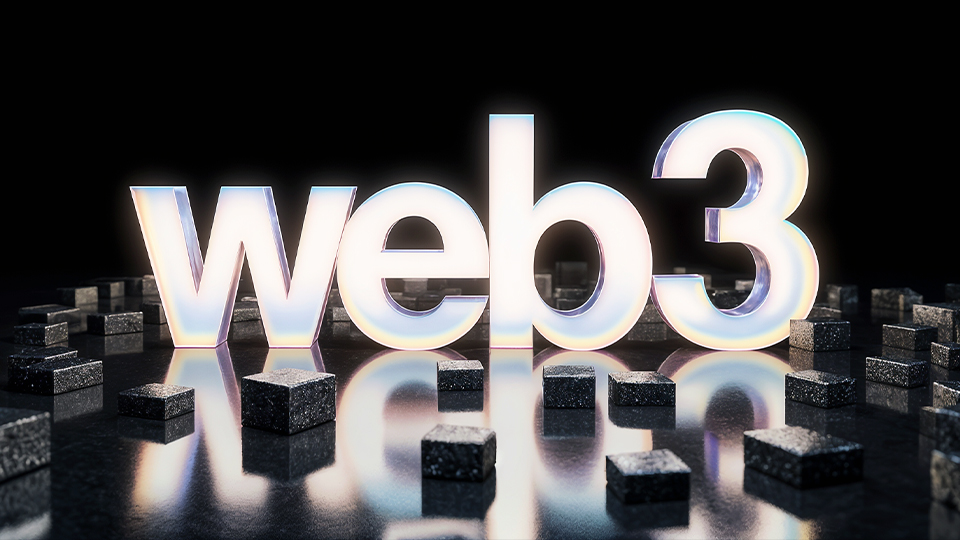What is NFT?
NFT stands for “non-fungible token.” Unlike traditional cryptocurrencies like Bitcoin, each interchangeable and indistinguishable from one another, NFTs are unique digital assets. They can represent anything from in-game items and collectibles to art, music, or even real estate. Because each NFT is unique, it can be bought, sold, or traded like other collectibles. And like other digital assets, NFTs are stored on a blockchain, which provides security and immutability. The NFT market is still in its early stages but growing rapidly. NFTs have already been used to buy and sell everything from virtual real estate and in-game items to digital art and music. And as the NFT market matures, we’re likely to see even more innovative uses for NFTs. If you’re interested in buying, selling, or trading NFTs, you should know a few things. This guide will cover everything you need to know about NFTs, from how they work to where you can buy them.

What is an NFT?
An NFT is a type of digital asset that is unique and non-fungible. Unlike traditional cryptocurrencies like Bitcoin, which are each interchangeable and indistinguishable from one another, NFTs are unique.This means that NFTs can be bought, sold, or traded like other collectibles. And because NFTs are stored on a blockchain, they benefit from the same security and immutability that makes blockchains useful.
What can NFTs be used for?
NFTs can be used for a variety of purposes. Some of the most common uses for NFTs include:
- Buying and selling virtual real estate
- Collecting in-game items
- Buying and selling digital art
- Trading digital collectibles
- And more!
As the NFT market matures, we’re likely to see even more innovative uses for NFTs.
How do NFTs work?
NFTs are digital assets that are stored on a blockchain. This allows NFTs to benefit from the same security and immutability that makes blockchains useful. When you buy an NFT, you’re buying a digital token that represents the NFT. This token is stored on the blockchain and can be traded, sold, or exchanged like any other digital asset.
What’s the future of NFTs?
The NFT market is still in its early stages, but it’s growing rapidly. As the NFT market matures, we’re likely to see even more innovative uses for NFTs. If you’re interested in buying, selling, or trading NFTs, you should know a few things. This guide will cover everything you need to know about NFTs, from how they work to where you can buy them.
NFTs offer a way for photographers to add value to their work by creating a unique, one-of-a-kind asset. NFTs can also be used to create a secondary market for photographs, where buyers can purchase prints or digital copies of photos.
As NFT photography continues to grow in popularity, it’s essential to understand the basics of this new technology. NFTs are digital assets that can be used to represent anything from a photo to a piece of art. By using NFTs, photographers can add a unique layer of ownership and authenticity to their work. NFTs are created by attaching a digital file to a blockchain, which is a decentralized database that records transactions. This allows NFTs to be bought, sold, or traded like any other asset. And because NFTs are stored on the blockchain, they can’t be copied or counterfeited. The most popular use for NFTs is in the Art industry. So, what does this mean for photographers? NFTs offer a way for photographers to add value to their work by creating a unique, one-of-a-kind asset. NFTs can also be used to create a secondary market for photographs, where buyers can purchase prints or digital copies of photos.
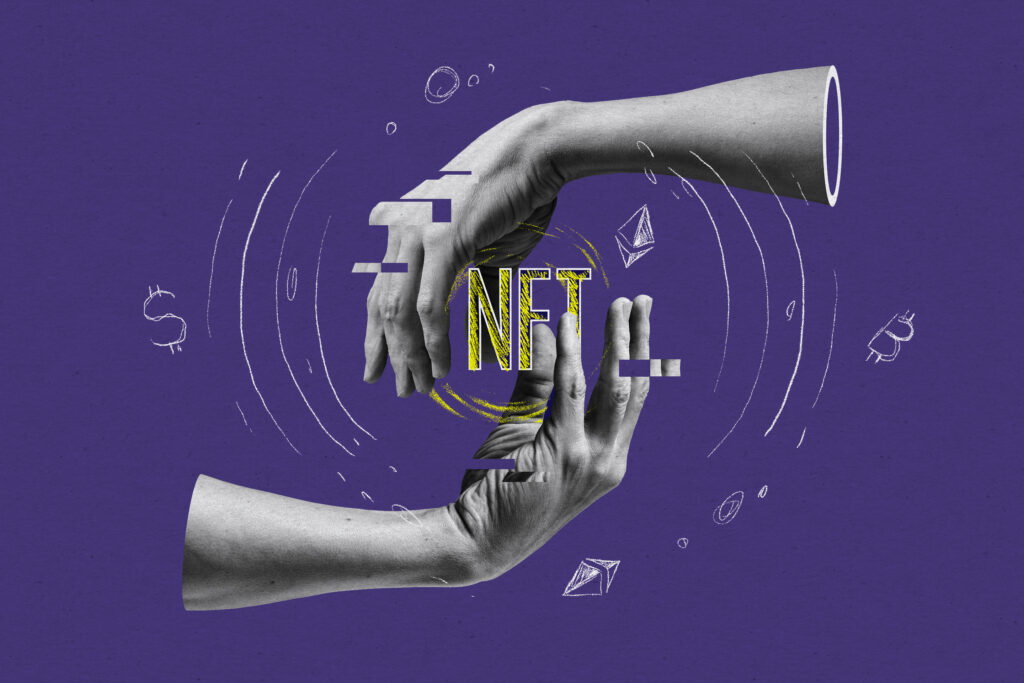
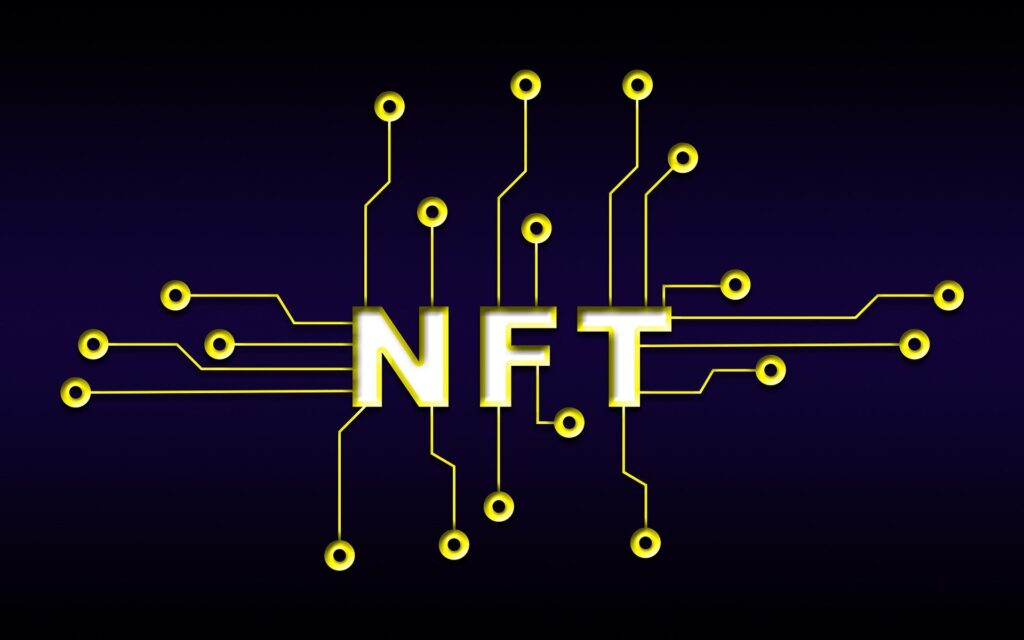
If you’re interested in NFT photography, there are a few things you need to know. First, NFTs can only be created using certain file types. The most common file type for NFTs is JPEG, but NFTs can also be created from RAW files. Second, NFTs can be stored on a variety of different platforms. The most popular platform for NFTs is Ethereum, but others include Bitcoin, Litecoin, and more. Third, NFTs can be sold or traded like any other asset. Photographers can set their own prices for NFTs, and buyers can purchase NFTs through online marketplaces. Fourth, NFTs offer a way for photographers to add value to their work by creating a unique, one-of-a-kind asset. NFTs can also be used to create a secondary market for photographs, where buyers can purchase prints or digital copies of photos.
